
5 surprising causes of weak legs in seniors—and how to fix them!
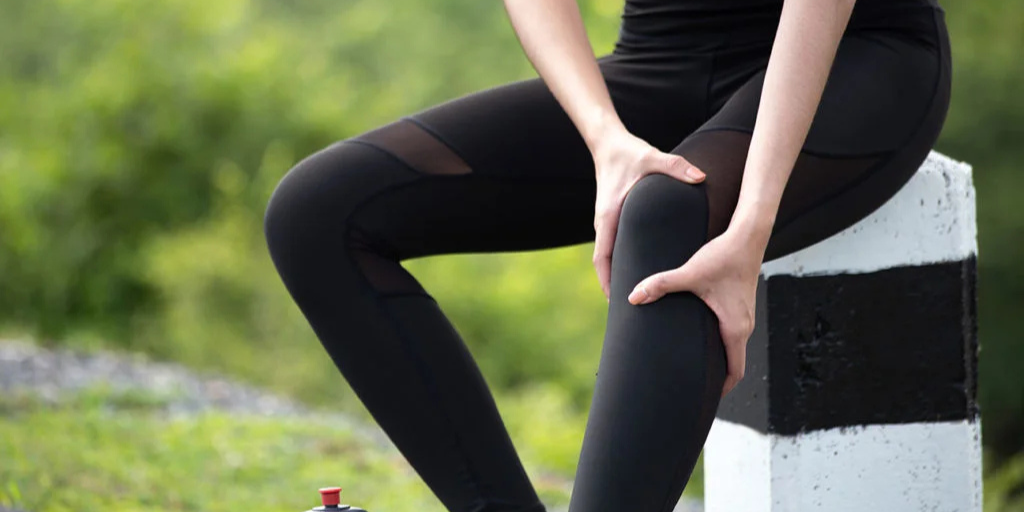
It’s something many of us notice as we get older: our legs just don’t feel as strong as they used to. Maybe standing up from a chair feels harder, or climbing stairs leaves you a little winded. At first, it might seem like just part of getting older—but that’s not the whole story.
The truth is, there are real reasons behind age-related leg weakness, and understanding them is the first step to turning things around. The good news? In most cases, there’s a lot you can do to keep your legs strong, steady, and capable for years to come.
This article explores the most common causes of leg weakness as we age—and, more importantly, practical steps you can take to regain strength and confidence in your lower body.
💡 Why Do Legs Get Weak as We Age?
Leg weakness can be frustrating, but it’s not something you simply have to accept. There are several underlying reasons for it—some physical, some lifestyle-related—and understanding each one helps you find the best way to fight back.
1. Muscle Loss (Sarcopenia)

One of the biggest culprits is sarcopenia, the gradual loss of muscle mass that occurs naturally with age. After about age 50, adults can lose up to 1–2% of muscle mass per year—or roughly 15% per decade—if they’re not doing anything to maintain it.
This doesn’t mean you’re powerless. In fact, research shows that regular strength training, even started later in life, can reverse much of that decline. The less you move, the faster the muscle loss happens, so the key is to stay active—especially through resistance-based activities like bodyweight squats, stair climbing, or light weightlifting.
Tip: Protein intake is just as important. Make sure you’re getting enough lean protein (from fish, eggs, beans, or chicken) to help your muscles rebuild and recover.
2. Not Moving Enough
It sounds simple, but lack of movement is one of the strongest predictors of weak legs. As we get older, daily routines often become more sedentary—fewer long walks, less time gardening, and more time sitting.
The problem? Less activity leads to weaker muscles, and weaker muscles make it even harder to stay active—a vicious cycle. Over time, this can also lead to poor circulation, loss of flexibility, joint stiffness, and an increased risk of conditions like type 2 diabetes and obesity.
Even small amounts of daily activity can have an enormous impact. A short morning walk, taking the stairs instead of the elevator, or doing light stretches while watching TV all help stimulate your leg muscles and improve blood flow.
Remember: Your body is designed for movement. The more you use your muscles, the more they’ll support you back.
3. Ongoing Health Conditions
Chronic health conditions can also sap leg strength over time. Arthritis, diabetes, and peripheral neuropathy (nerve damage, often caused by diabetes) can make it harder to move comfortably or confidently.
For instance, nerve problems can cause tingling or numbness, making you feel unsteady on your feet. Arthritis can cause pain and stiffness that discourage activity. Unfortunately, the less you move, the worse these conditions often get.
The key is to work with your healthcare provider to manage these conditions effectively. Medications, physical therapy, and lifestyle changes—like gentle stretching or aquatic exercises—can make a big difference.
“Motion is lotion,” as physical therapists like to say. The more you move, the better your joints and muscles function.
4. Back and Spine Problems
The source of weak legs isn’t always in the legs themselves. Spinal issues—such as herniated discs, sciatica, or spinal stenosis—can compress nerves that control your leg muscles. This can lead to weakness, numbness, or pain radiating down one or both legs.
Spinal stenosis (a narrowing of the spinal canal) becomes especially common with age. When pain flares up, it’s natural to want to rest, but long periods of inactivity can make your muscles even weaker.
Targeted physical therapy, core-strengthening exercises, and posture training can often help stabilize your spine and relieve nerve pressure. If symptoms like leg numbness or foot drop appear, consult your doctor immediately.
5. Lack of Motivation or Emotional Health
Sometimes, the problem isn’t physical at all—it’s mental or emotional. A lack of motivation can quietly lead to inactivity and muscle loss. Retirement, loneliness, depression, or the loss of a loved one can all contribute to spending more time sitting and less time moving.
Finding purpose and community is just as important for your physical health as exercise itself. Joining a walking group, a senior fitness class, or even dancing with friends can give you both motivation and joy.
Social connection fuels consistency. Having a workout partner or a supportive community can make staying active not only easier but something to look forward to.
✅ Key Takeaways
-
Leg weakness with age is common—but it’s not inevitable.
-
Staying active is your best defense against muscle loss and mobility decline.
-
Managing underlying conditions like arthritis or diabetes helps you move more comfortably.
-
Emotional wellbeing and motivation are just as important as physical effort.
-
Small, consistent actions add up over time to huge improvements in strength and independence.
🦵 Simple Leg Exercises You Can Do at Home
You don’t need fancy gym equipment or a personal trainer to strengthen your legs. Consistency and good form matter more than intensity. Here are three easy exercises you can start doing today—right in your living room.
1. Chair Stands
This exercise mimics one of the most important daily movements—standing up from a chair. It’s simple, safe, and very effective.
How to do it:
-
Sit in a sturdy chair with your feet flat on the floor.
-
Lean forward slightly until your nose is over your toes.
-
Push through your heels to stand up, squeezing your glutes as you rise.
-
Slowly lower yourself back down with control.
Tips:
-
Too difficult? Use a higher chair or place a cushion on the seat.
-
Too easy? Cross your arms over your chest or extend them overhead.
-
Aim for 10 repetitions, resting between sets. Try 2–3 sets per day.
2. Lunges
Lunges strengthen your thighs, glutes, and core—all while improving balance and coordination.
How to do it:
-
Stand tall, holding onto a wall or chair if needed.
-
Step forward with one leg and lower your back knee toward the floor.
-
Keep your front knee above your ankle.
-
Push back to the starting position and repeat.
Tips:
-
Do smaller lunges if your knees feel sore.
-
Add a cushion under your back knee for comfort.
-
Alternate legs or do sets of 10 per side.
As you get stronger, you can progress to walking lunges or add light hand weights.
3. Walking
Never underestimate the power of walking—it’s one of the most natural, effective, and accessible exercises for aging legs.
How to do it:
-
Start with short walks around your home or neighborhood.
-
Use a cane or walker if needed for stability.
-
Gradually increase your distance and pace as you gain strength.
Tips:
-
Aim for at least 20–30 minutes of walking most days of the week.
-
Try gentle inclines or outdoor trails for variety and challenge.
-
If the weather’s bad, “walk in place” workouts on YouTube can be surprisingly effective.
Every step you take helps your circulation, strengthens your muscles, and boosts your mood.
🌿 The Bottom Line
Leg weakness might be common with age, but it’s far from inevitable. With the right mix of movement, mindset, and medical care, you can maintain—or even rebuild—your lower-body strength well into your 70s, 80s, and beyond.
Start where you are. Move a little every day. Seek help if you need it—from a physical therapist, doctor, or supportive community. Your legs are your foundation for independence and vitality—so take care of them, and they’ll take care of you.
Strong legs, strong life. Keep moving—you’ve got this.
News in the same category

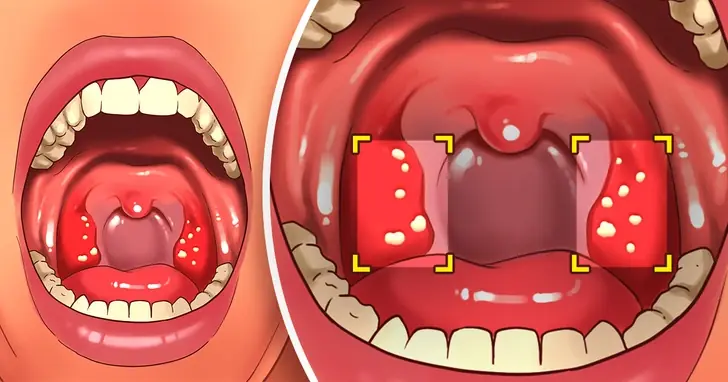
10 Warning Signs You Might Be Gluten Intolerant
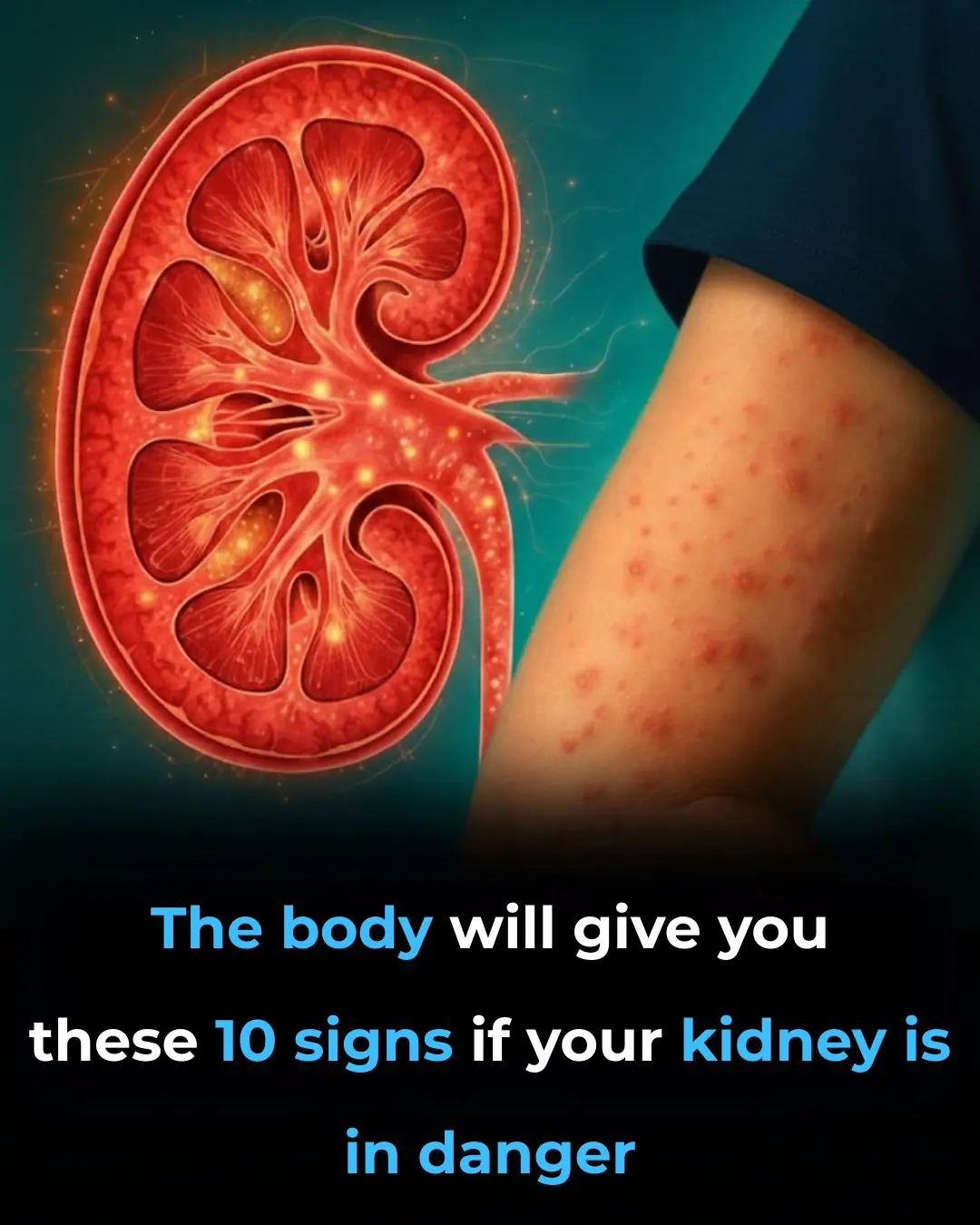
The Body Will Give You These 10 Signs If Your Kidney Is In Danger

Chew 2 Cloves Daily, See What Happens To Your Body
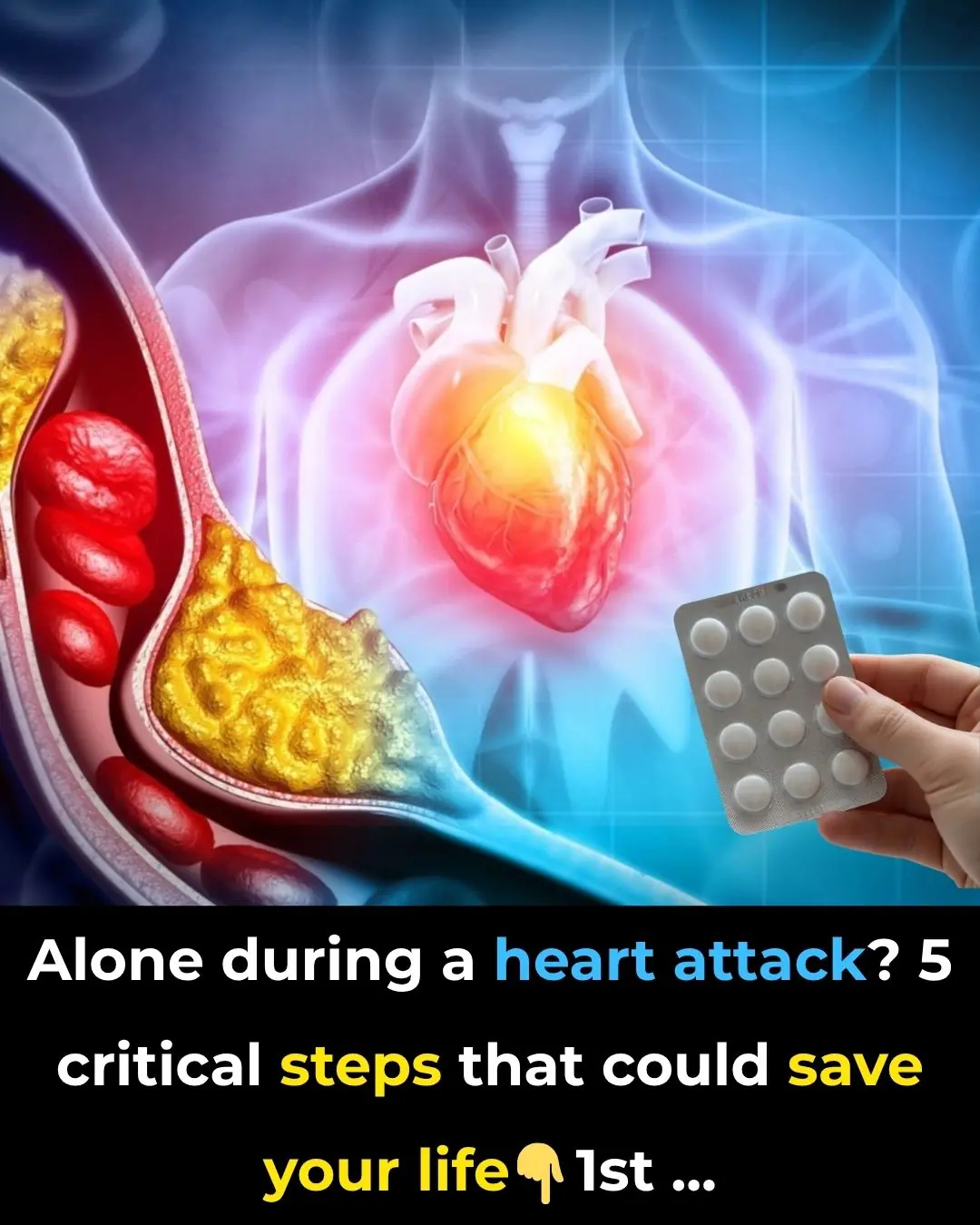
Alone during a heart attack? 5 critical steps that could save your life!

#1 Vitamin to Eliminate Swollen Legs and Ankles
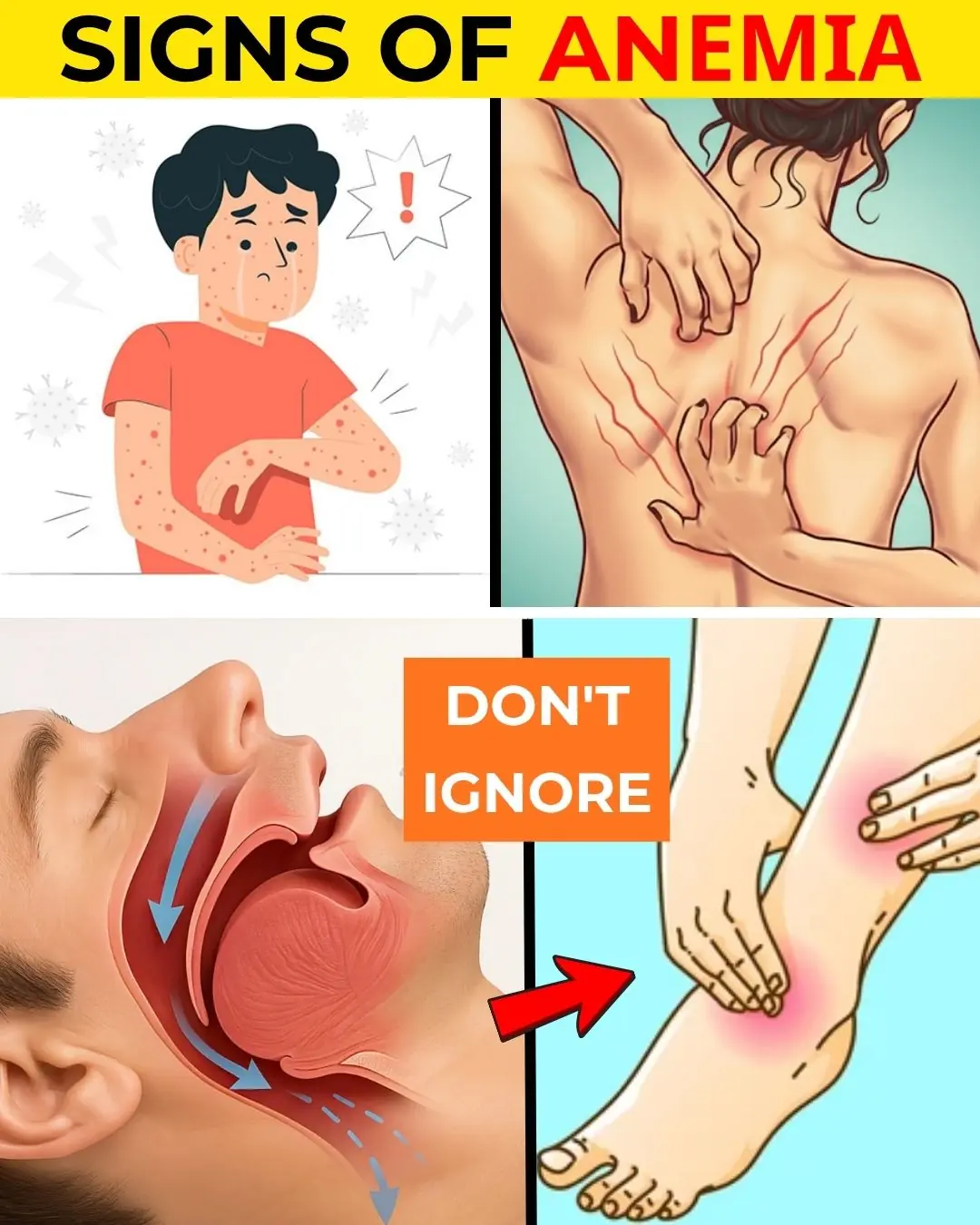
Silent Symptoms of Anemia You Should Never Ignore

Cervical Cancer: Early Signs and Symptoms You Should Never Ignore

Seniors Stop: Avoid These 3 Foods with Eggs for Better Health!
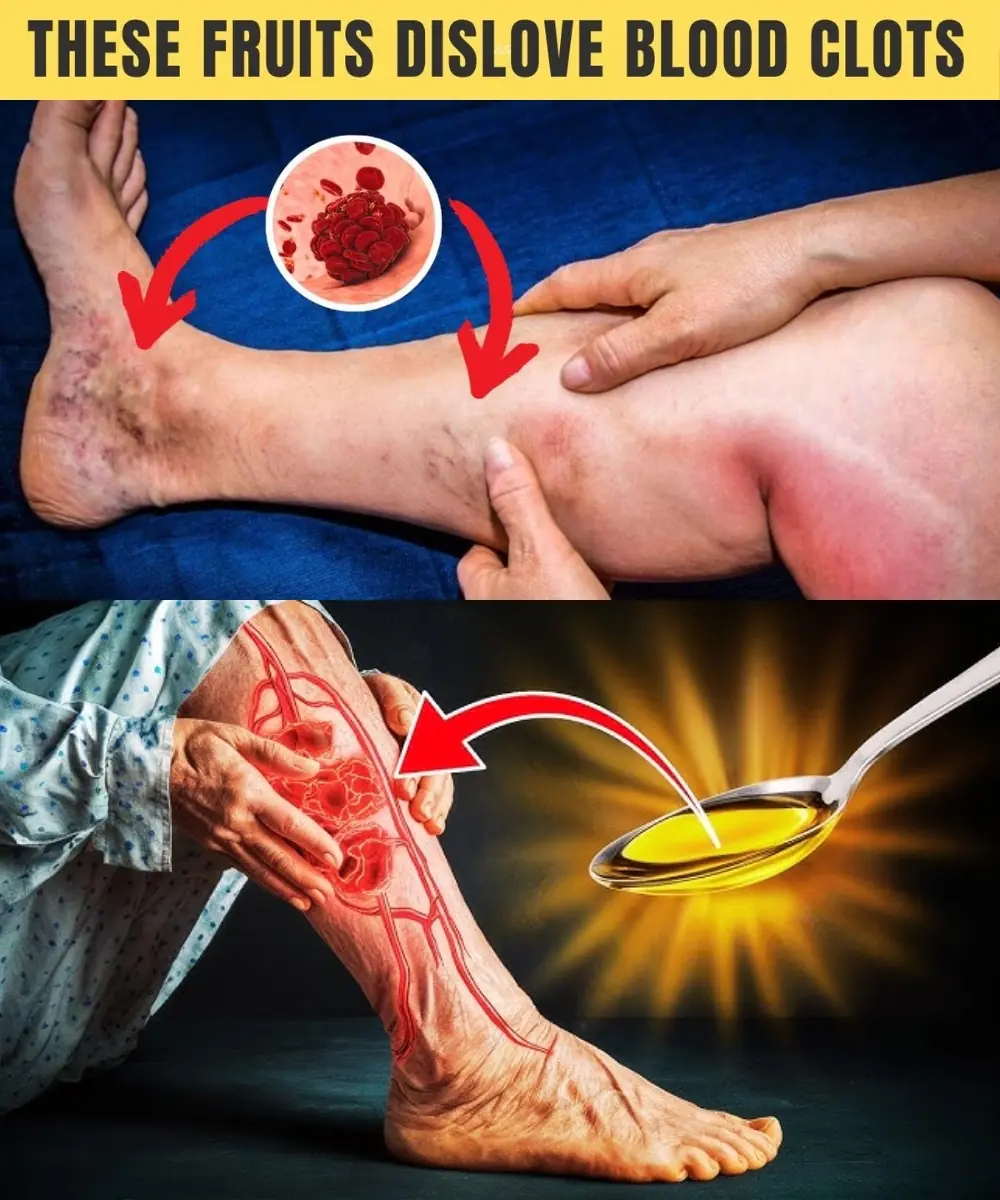
Top 8 Fruits That Naturally Help Dissolve Blood Clots

12 Worst Foods Sabotaging Your Kidney Health
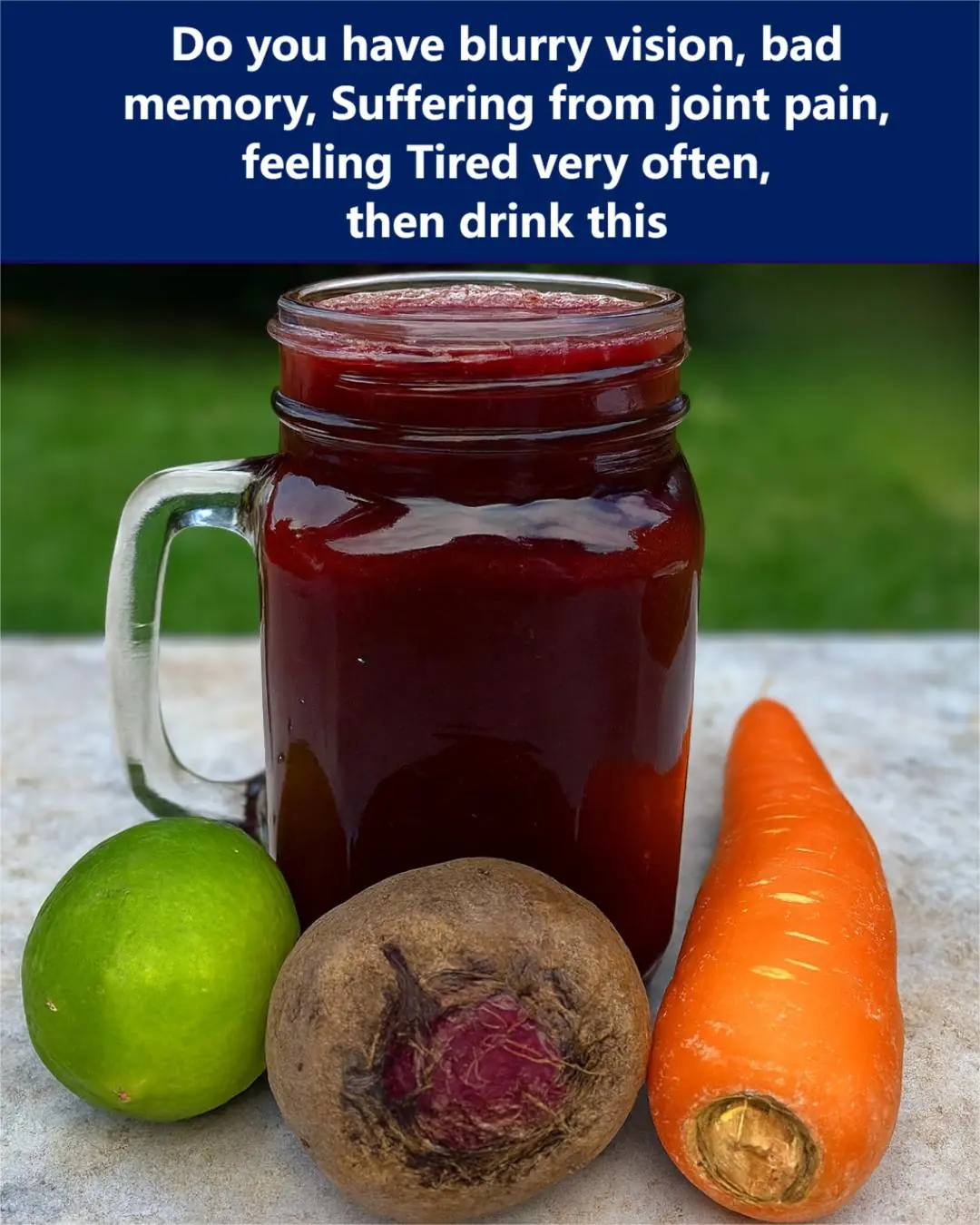
Natural Energy and Vision Booster Juice: The Ultimate Drink for Tiredness, Joint Pain & Memory Problems

Alone during a heart attack? 5 critical steps that could save your life!

Eating Steamed Sweet Potatoes Every Day: A Woman Shocked by Her Liver Test Results

Warning Signs You Should Never Ignore: The Silent Symptoms of a Brain Aneurysm

Why drinking your sugar is more harmful for diabetes than eating it, study finds

Thyme Essential Oil Shows Signs of Killing Lung, Oral and Ovarian Cancer

How to cleanse your kidneys using this natural, home made drink
News Post

This Miraculous Drink Will Work Wonders for Your Thyroid
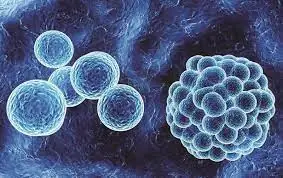
This Starves Colon Cancer Cells — and Strengthens Your Body’s Natural Defenses

10 Warning Signs You Might Be Gluten Intolerant

The Body Will Give You These 10 Signs If Your Kidney Is In Danger

Chew 2 Cloves Daily, See What Happens To Your Body
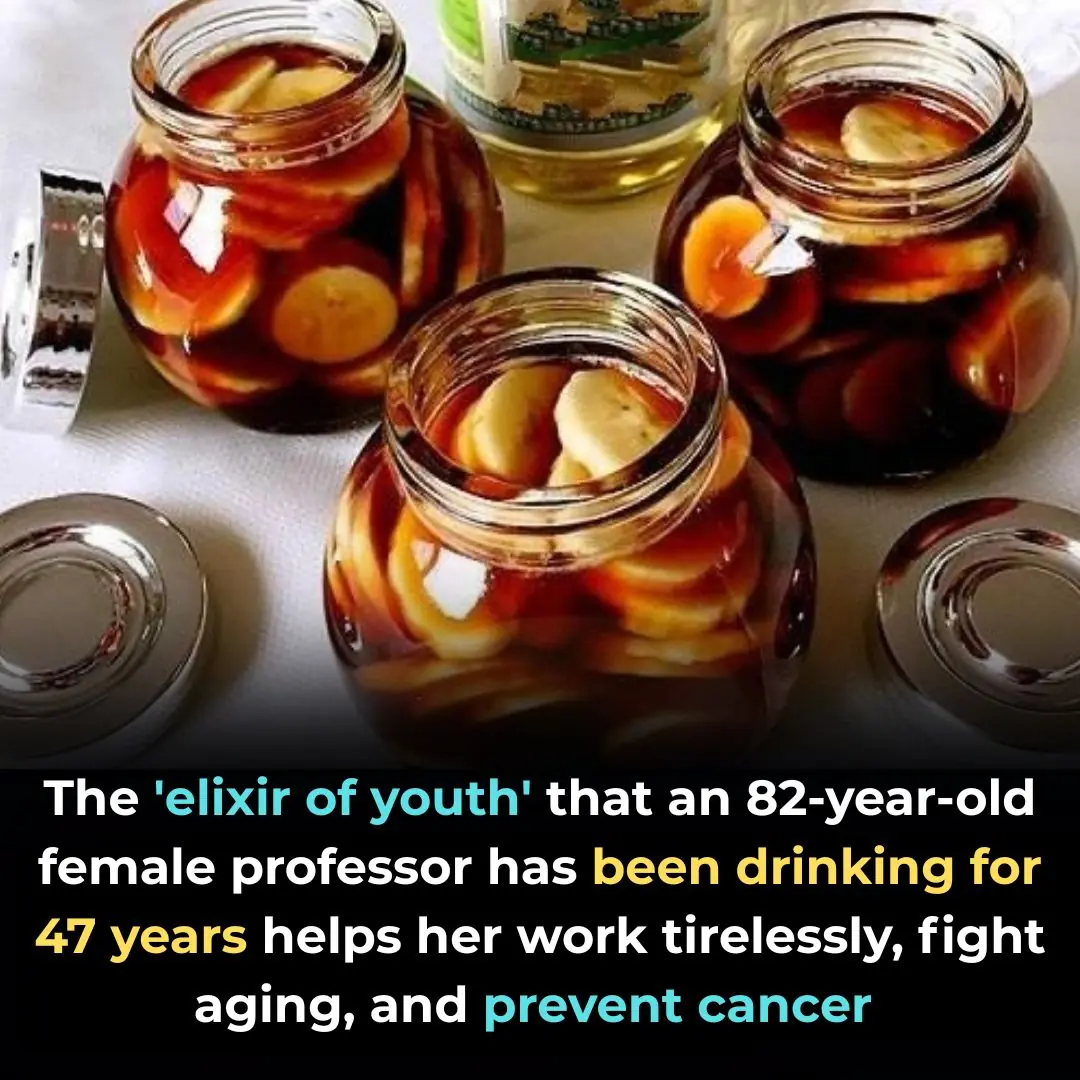
The 'immortality' drink helps an 82-year-old female professor work tirelessly and fight aging: The recipe is extremely simple

Can you spot the book, egg, cup, and pillow?

Wild vegetables that never worry about chemicals are considered longevity vegetables in Japan, but many Vietnamese people still pull them out.

Add a drop of essential oil to an onion, and no matter how many mosquitoes and insects there are, they will all fly away.
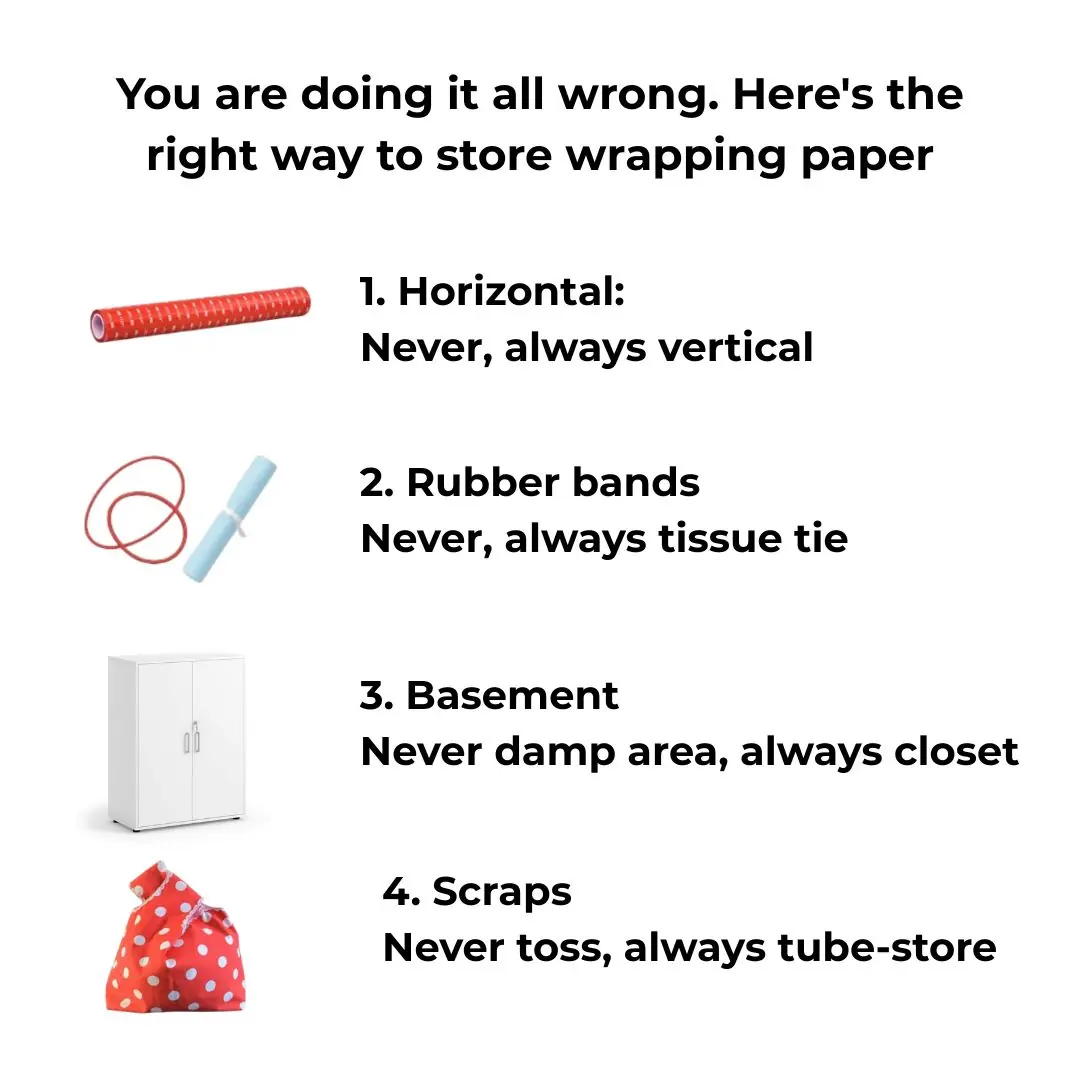
You are doing it all wrong. Here’s the right way to store wrapping paper
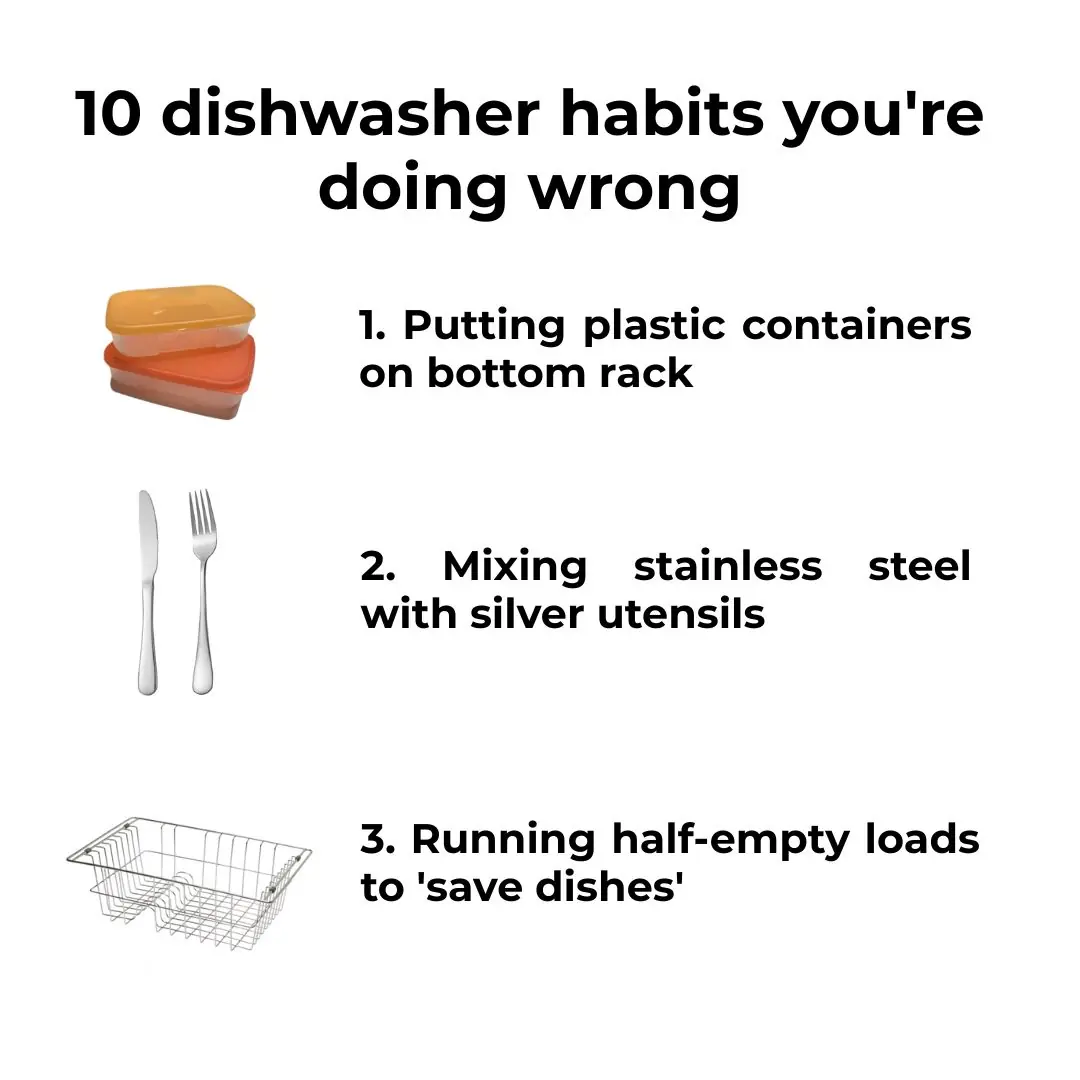
10 dishwasher habits you’re doing wrong
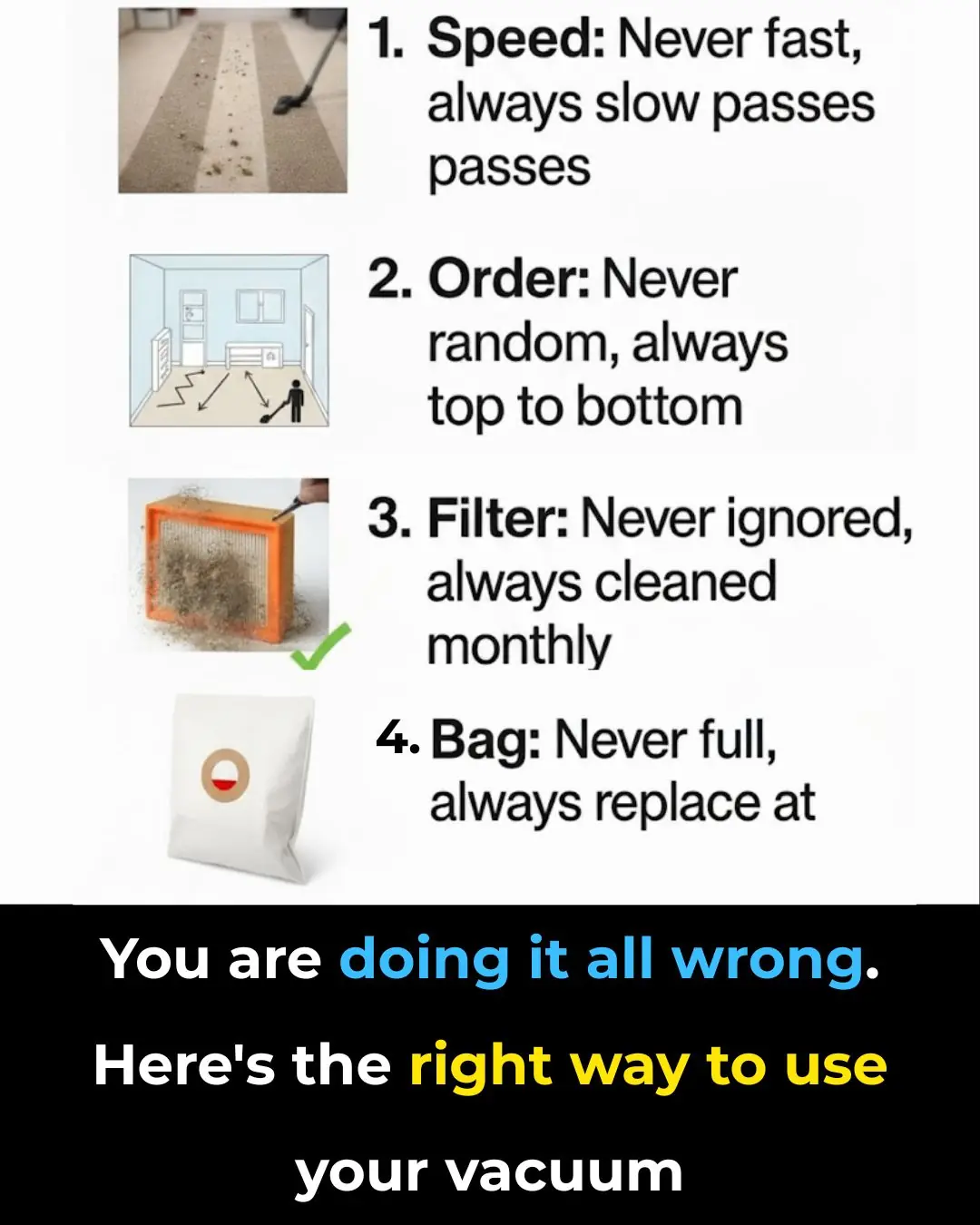
You are doing it all wrong. Here's the right way to use your vacuum

Crush this 'astringent' leaf and mix it with pig's intestines, the pure white intestines will lose all their foul smell.
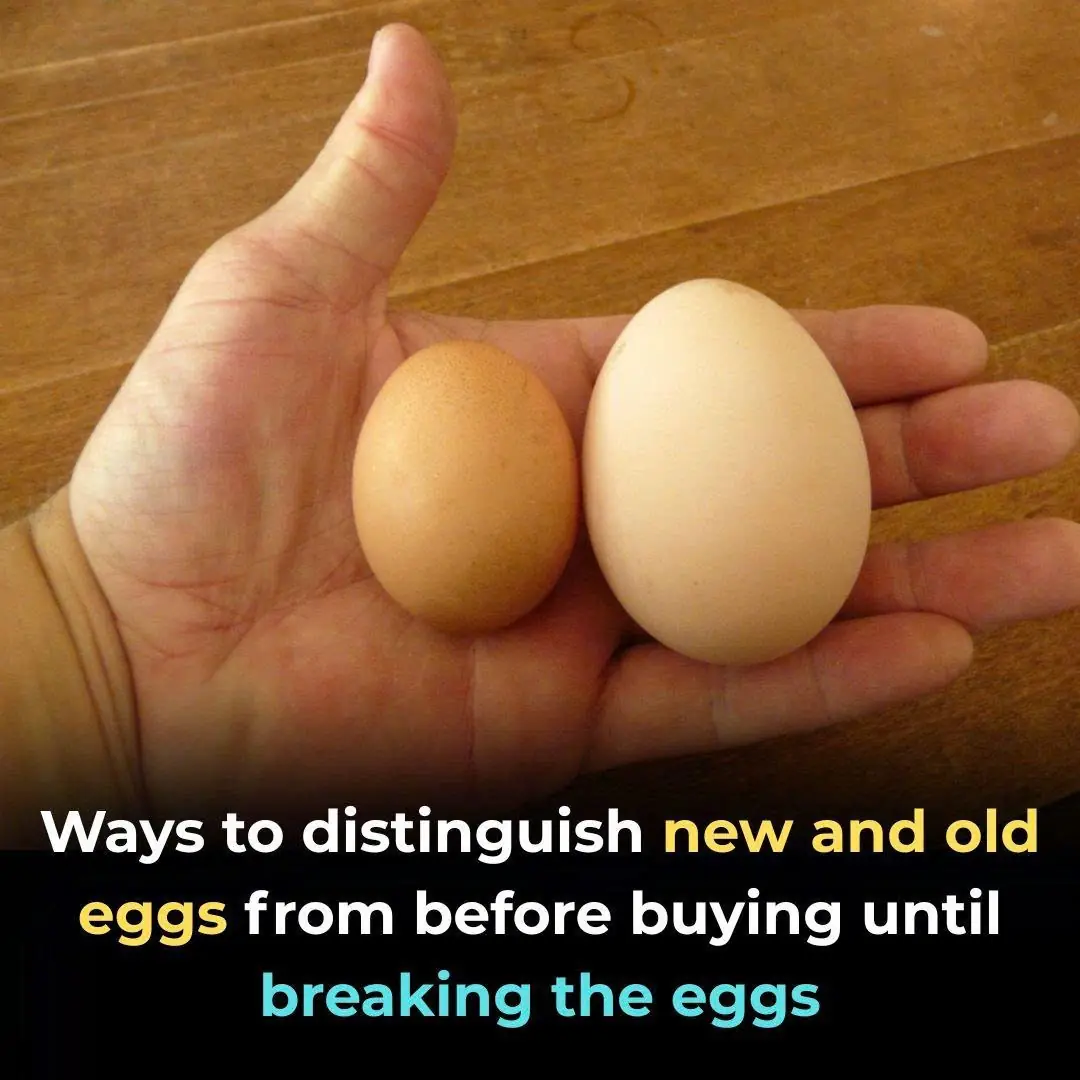
Ways to distinguish new and old eggs from before buying until breaking the eggs
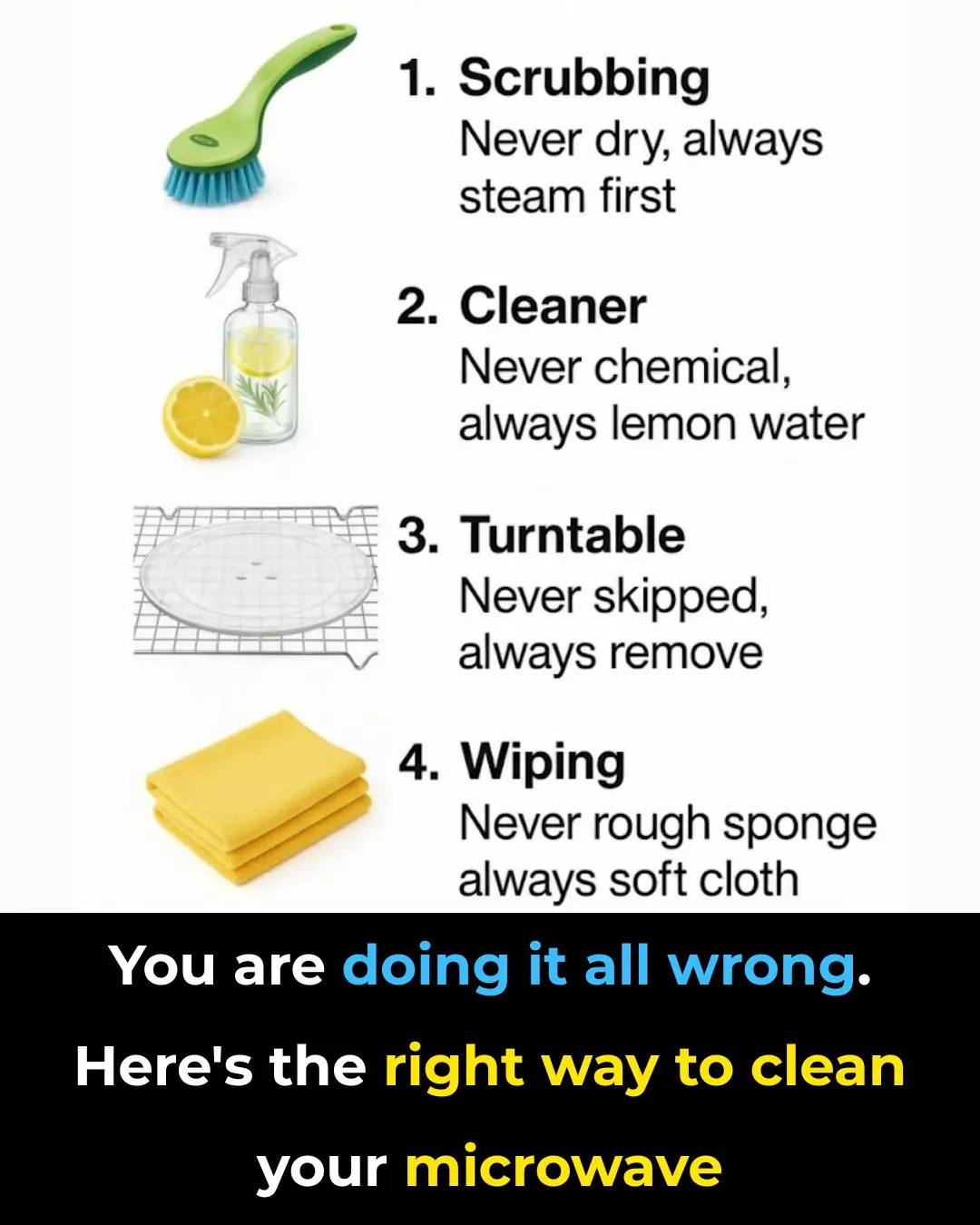
You are doing it all wrong. Here's the right way to clean your microwave

Don't throw away yellowed towels and bath towels: Try this method to make them as white and fragrant as new.
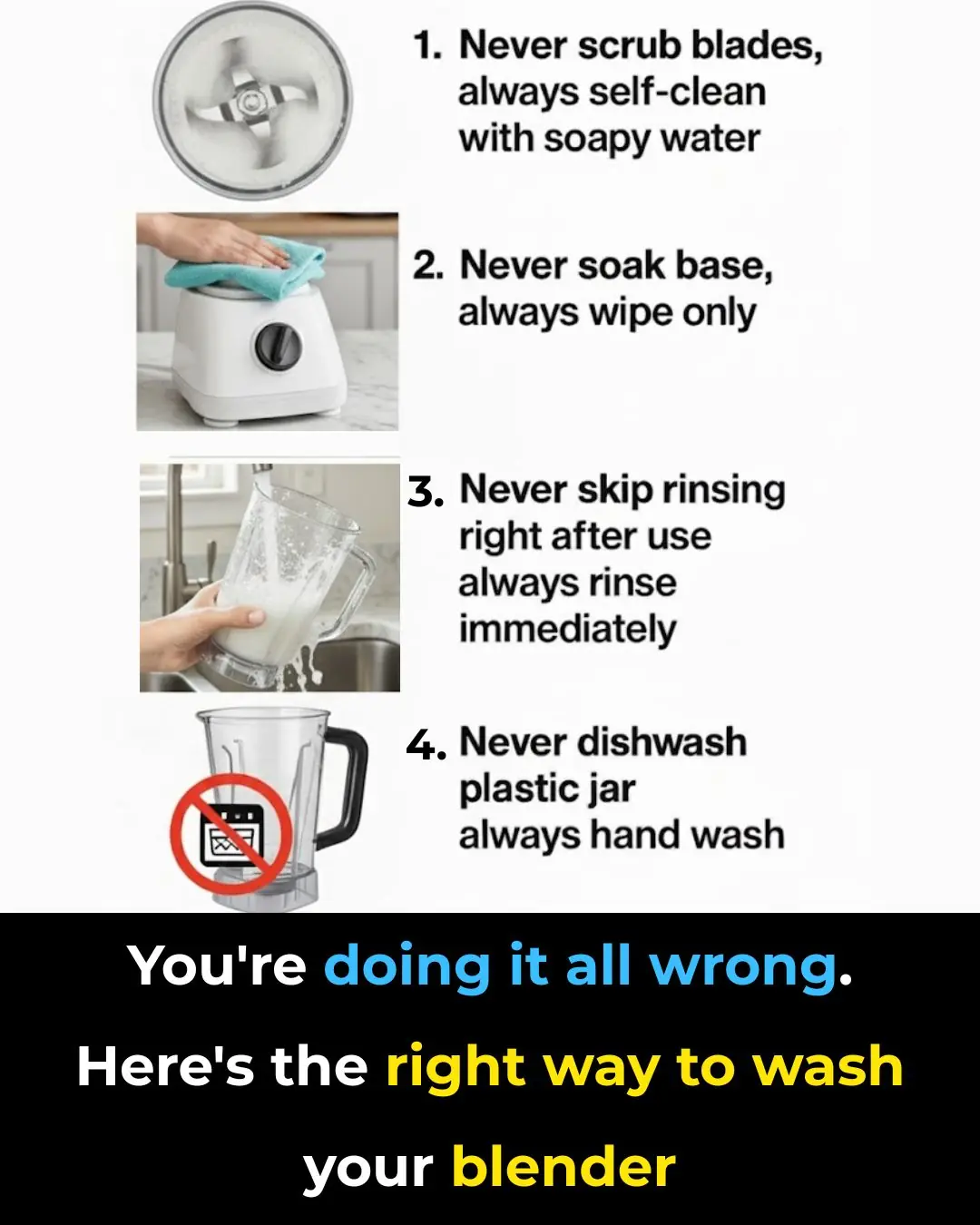
You’re doing it all wrong. Here’s the right way to wash your blender

When going to the market, should you choose "straight shrimp" or "curved shrimp"? The difference is huge but few people know it.

Soaking water spinach is an old knowledge that is both clean and foolish, let's apply it in this new way.
